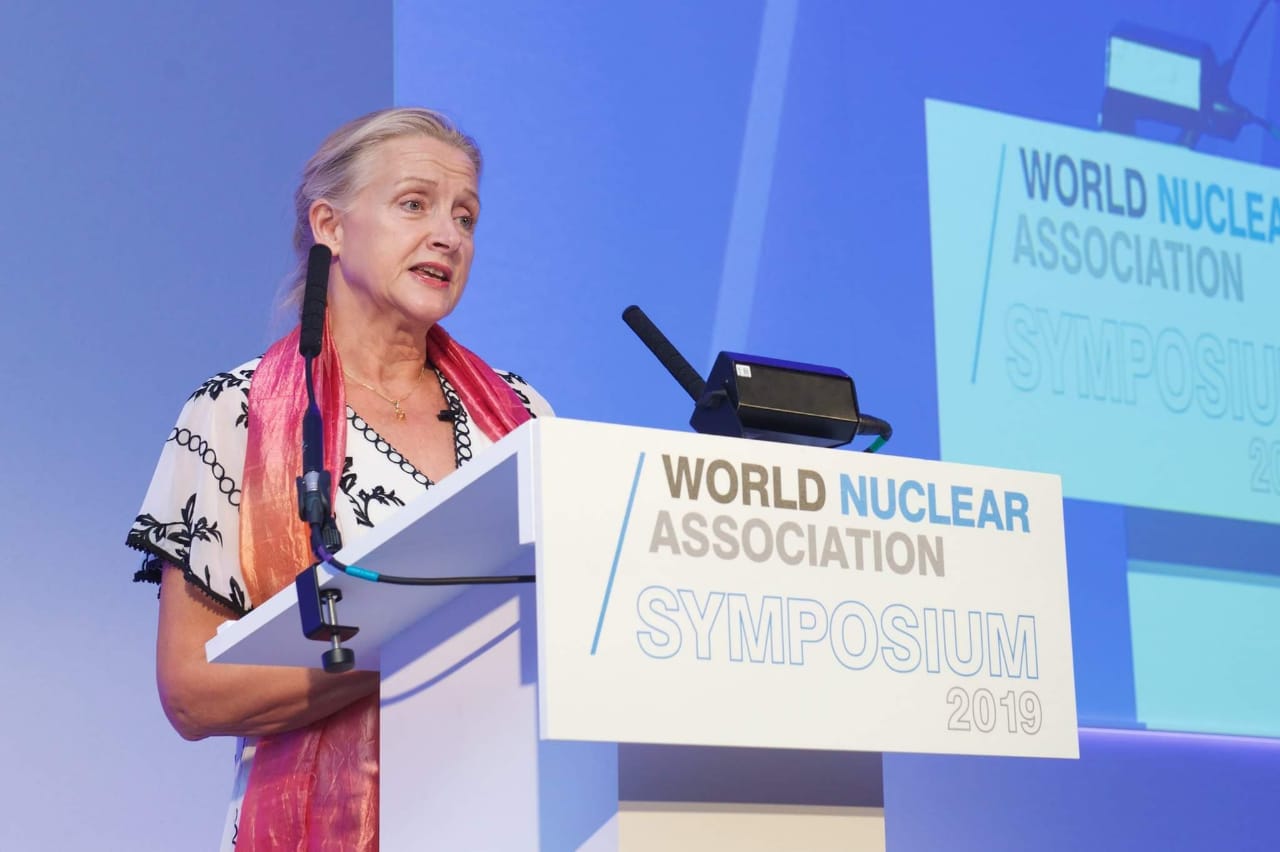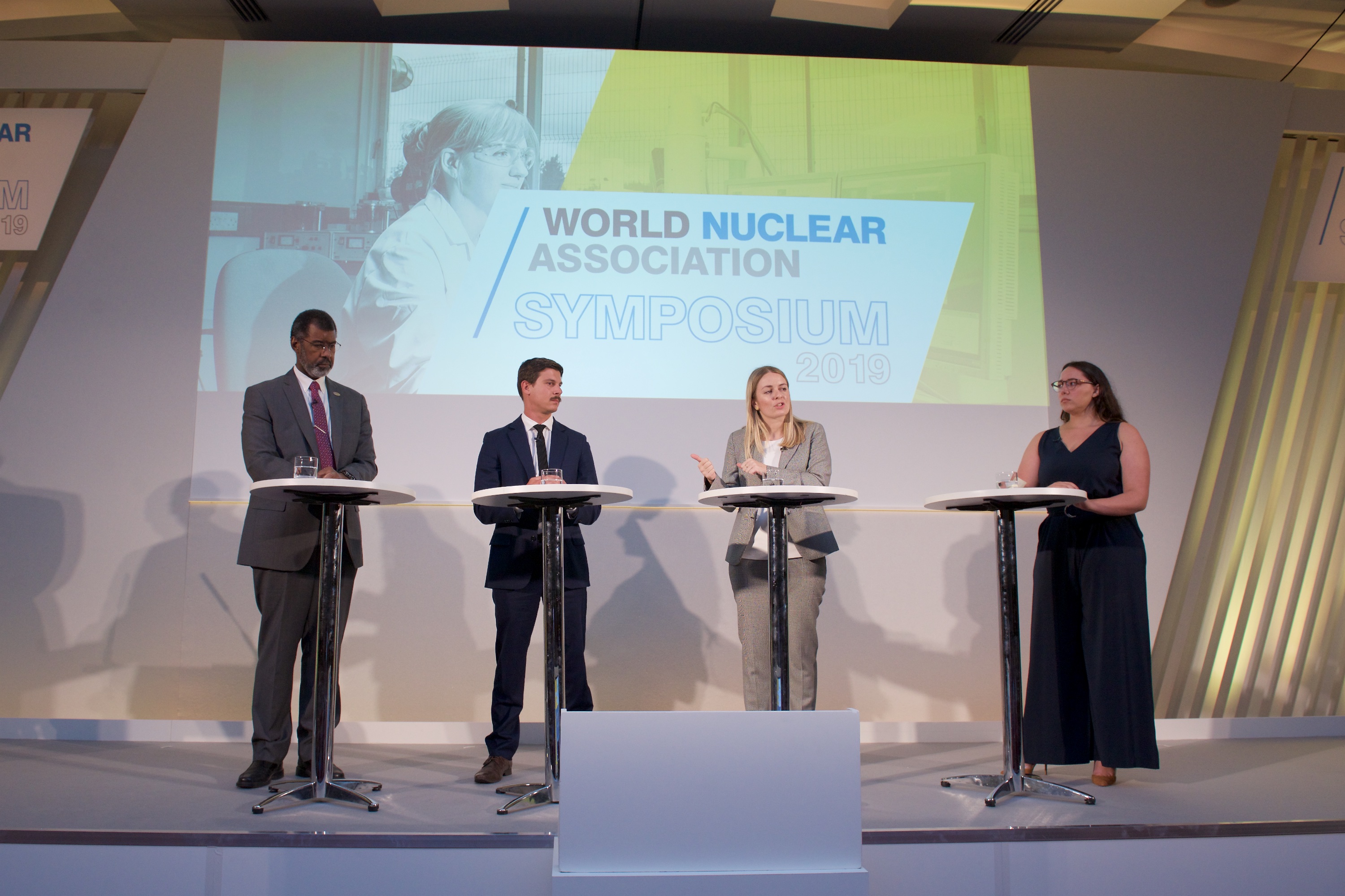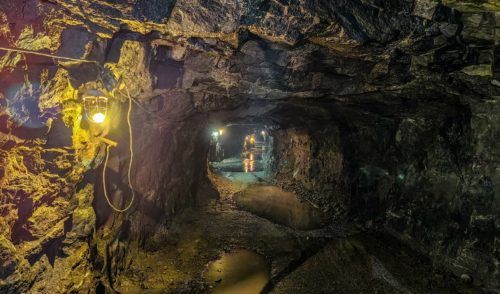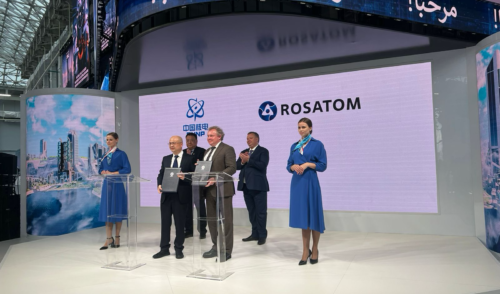
Nuclear Industry Taking Off
back to contentsThe most encouraging news announced at the WNA Symposium held in London on September 4–6 was, perhaps, the forecast for growth of the nuclear industry until 2040. Described in the WNA’s Nuclear Fuel Report, the reference case and upper case development scenarios suggest that nuclear generation will be on the rise, while the lower case scenario expects it to have a slight downturn.
The reference scenario assumes that the number of reactor units will grow from the current 420 to 555 by 2040. According to the upper scenario, there will be 753 reactors in 2040. The lower scenario provides that the number of reactors will remain almost unchanged, with a slight decrease of about 6%. Nevertheless, it is the first time after the Fukushima accident that the industry shows a generally upward trend. For instance, the uranium output forecast, even under the lower scenario, is 10% higher than two years ago.
These positive changes are supported by a friendlier attitude towards nuclear energy from national governments. According to the report, France decided to carry over the start of its nuclear phase-out program from 2025 to 2035 and allowed operators to extend the service life of existing nuclear plants. The US government also moderated its nuclear energy policy. Not long ago, the country’s nuclear regulator permitted extension of the power plants’ service lives to 80 years. China and India are commissioning nuclear generating capacity at the fastest pace in the world. For instance, the reference case scenario provides that the total installed capacity of nuclear plants will increase from 6.2 GW to 41 GW in India and from 45 GW to 180 GW in China. Interest towards nuclear power from newcomer countries such as Uzbekistan and Poland also looks encouraging.

It became known at the symposium that other countries, apart from those mentioned in the report, were also taking interest in nuclear. For example, Australia is ready to lift the moratorium on nuclear plant construction due to its plans to decommission coal-fired power stations in 10 or more years. “The IPCC (Intergovernmental Panel on Climate Change) and the IEA all say the same thing – if we are to keep temperature increases to 1.5 or 2 degrees, we’re going to need nuclear power – and lots of it. Furthermore, the coal-fired generation fleet that produces 70% of Australia’s electricity is getting old, with an average age of 34 years. Much of this capacity is due to retire over the next 10–20 years. In addition, electricity prices in Australia have increased by 90% over the past decade and the country is facing the real possibility of blackouts caused by a lack of generation capacity,” said Patrick Gibbons from the Minerals Council of Australia (MCA) at the symposium.
The current pace of NPP construction is insufficient to achieve the Harmony program’s goal of raising the share of nuclear to a quarter of the global energy mix. For this purpose, the construction should run faster than in the upper case scenario. “Achieving the Harmony’s goal of supplying 25% of the world’s electricity before 2050 will require a rapid ramp-up of new nuclear build, higher than projected in the Upper scenario, which in turn would lead to the need of greater amounts of uranium, enrichment, fuel fabrication, transport and used fuel services. Nuclear fuel cycle participants should be prepared to meet a potentially large increase in demand to meet the Harmony’s goal,” said Agneta Rising, Director General of the World Nuclear Association.
Nuclear power should become affordable for consumers to draw support from politicians and businesses. This is why it is, among other things, important to hold a dialogue with nuclear regulators. “We currently have a situation where the cost of constructing a new reactor ends up being two or three times as much as the initial calculation. That cannot go on. From our side, we are going to put efforts into pushing this. This is a common issue we have to work on. I’m sure we can also work with regulators … in order to address that issue because we all believe that the industry has – and must have – a future,” said Magnus Hall, CEO of Swedish power company Vattenfall AB.

It is, however, more important to ensure that the development of nuclear industry results in a better quality of life. WNA Chairman Kirill Komarov stressed this point during his speech saying, “Developing nuclear energy and industry can contribute substantially to 10 out of 17 UN Sustainable Development Goals. I can say that nuclear power is a frontrunner among all the generation sources by the number of SDGs achieved, followed by renewables and hydropower. This fundamental role of nuclear power in providing a better life for people all around the world urges us to introduce nuclear in the agenda of major international energy and sustainable development forums.”




